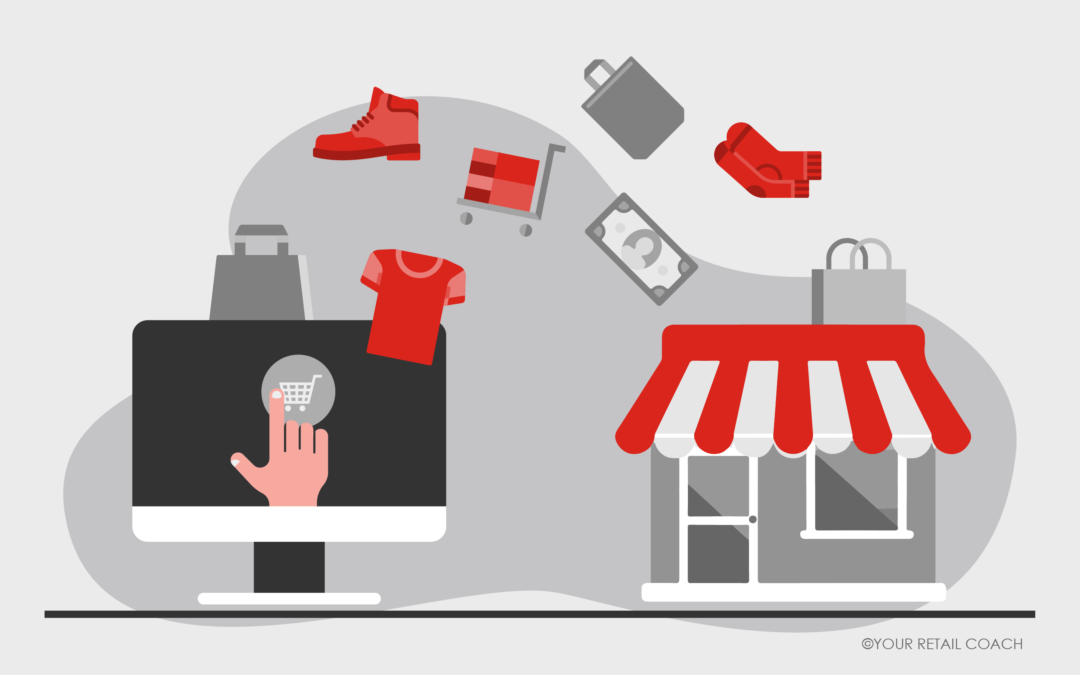While we knew change is constant, the present human lineage also experienced that change also need not be voluntary. COVID-19 pushed the world on its back foot. It presented unprecedented challenges for business and economy.
Businesses remained on and off from the clutches of lockdown since the beginning of this year. With disrupted supply chains and restricted eCommerce activities, the local stores have been a saviour for people. Within local or state limits, permitted eCommerce also helped people stay indoors and get their essentials home-delivered. Many retailers also joined hands with eCommerce players to cater to the local demand in a win-win situation for both businesses and consumers.
The on-going stressful business situation has stressed back on the importance of the offline channel for eCommerce players. This brings us to O2O i.e. Online to Offline commerce as a business strategy to not only cope up with the prevailing market circumstances but also to leverage offline presence for long-term business growth and sustainability.
What is O2O commerce?
At the first glimpse, the term O2O may appear to suggest a business strategy of shifting channels from online to offline. But that is not the case. The online-to-offline strategy is about harnessing the benefits of the offline channel or the offline market. Companies have compelling reasons to do so.
Conventional retail still enjoys a mammoth market share. ECommerce has a long way to go to be anywhere close. While online shopping will continue to surge, the experience of store hopping and shopping will still have an upper hand over its virtual counterpart. Offline purchasing is also preferred for products/services where validation is customers’ preference and priority.
All of these have made many eCommerce players realize the importance of having a strong foothold over the offline channel in ways and forms that is good for their business. The scope of O2O is not confined to creating an offline sales channel but to harness the benefits of having an offline presence.
In September 2019, Amazon entered offline retailing in India to push one of its largest-selling private label brands – AmazonBasics marking the onset of Amazon’s O2O strategy in the country. Similarly, in the last 5 years, Chinese eCommerce giant Alibaba has invested USD 8 billion into brick and mortar retailing beaconing Alibaba’s O2O strategy. Bonobos, an eCommerce apparel company, opened trial shops (offline presence) for its customers who can then place their orders online and get the same home-delivered. In all of these cases, you can see that eCommerce players are intensifying their offline presence.
O2O Strategy in the Light of COVID-19 Crisis and Future Sustainability
While on one side the strategy of going digital is picking up momentum for retail players, on the other hand, O2O is relevant for eCommerce players. These two must not be viewed as competing concepts. Both digital and O2O revolve around the essence of omnichannel and multichannel.
In the initial phase of the COVID lockdown, eCommerce operations were affected but retail essentials saw a steep jump in demand. However, with the lockdown restrictions in place and home-delivery of essentials allowed, going digital started gaining momentum. Many eCommerce players and aggregators like Swiggy and Jio Mart joined hands with local stores. From the perspective of retailers, this is the go-digital strategy. If you look at it from the side of eCommerce players, this is the O2O strategy.
Looking at O2O as a proactive step, online businesses have as much to gain as retail businesses do when they adopt the go-digital strategy. It will give the former access to the offline market or the offline customer base. The existing online data analytics will prove to be an added advantage for informed decision-making and strategy devising for retail. The experience and expertise in digital marketing could be utilized to attract offline customers via online mediums like social media and search engines. We mentioned earlier that physical validation and conviction is sometimes important for customers. O2O can take care of that aspect. Gaining the trust and confidence of customers with authenticity is important for building a strong brand. Tangible touchpoints will always have an upper hand over its virtual or digital counterparts. If done right, businesses with a strong online brand reputation can replicate the same in the offline format. Being omnichannel can work as a force reinforcing online and offline business. Merging the benefits of both the worlds, O2O shopping could be the future.
Omnichannel or multichannel is not only for retail players to consider adopting. The on-going pandemic situation has highlighted that even eCommerce players need to secure its offline presence in relevant ways. In the absence of a correction course, eCommerce players will encounter the same business blockades in the event of similar circumstances in the future.







